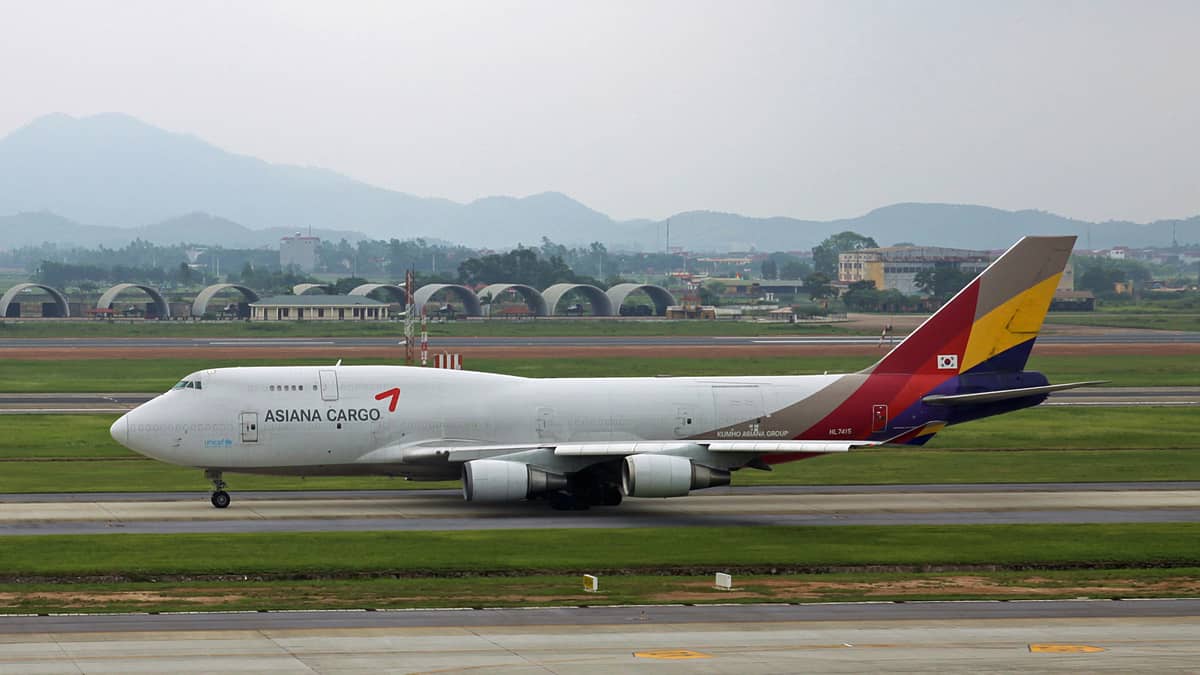Road-feeder services to airports are slowly increasing in Southeast Asia but are still much less common than in Europe and the U.S., where highway infrastructure is well developed and transit times are relatively short.
Typically, airlines arrange truck shipments collected at or near one airport, and move them to another airport that has a flight headed for a specific destination or is a large gateway served by freighters. The move, handled under the air waybill, is essentially treated as the first leg of the flight.
Now, logistics company cargo-partner GmbH in Vienna is offering a land-air service for shippers in South China to Europe and the U.S. via Hanoi, Vietnam. It is an alternative to direct air service during busy shipping periods when freight often must be booked a week ahead or can get bumped to a later flight and delayed for days.
Cargo-partner officials stress that the product is seasonal and depends on airfreight capacity in Hong Kong, Guanghzhou and Shenzhen. The freight forwarder will truck loads to Hanoi if it can obtain the required rates and space from partner airlines when demand is high, such as around Chinese New Year and the fourth-quarter rush to get goods to stores for the holidays.
The option is available for large shipments, 3,000 kilograms and up. The company says total transit time, door to door, takes about eight to 10 days. It’s about 600 miles by road from South China to Hanoi, depending on the origin city.
Pricing “depends very much on lanes and situation, but generally speaking, land-air service is seen as a cost-saving solution. But sometimes, premium prices are seen when the capacity is really critical,” a cargo-partner spokesman said in an email.
It is usually more economical, and convenient for customs reasons, to ship directly with an airline, but if the shipment is greater than 20 tons, forwarders sometimes handle the road transport, Christos Spyrou, founder of Neutral Air Partner, said via email.
Although Vietnam has become more connected to mainland China in recent years, several industry experts question the benefit of transshipping by land since its highway infrastructure remains less developed and Hanoi has a smaller airport.
The three primary airports in South China, plus Shanghai and Beijing, which can be reached by domestic freighters, “have much more capacity and options compared with Hanoi especially when it comes to main deck cargoes,” Spyrou said.
Neutral Air Partner, founded in 2016 in Hong Kong, is a collaborative designed to increase buying power and expertise for its members.
Insurance liability, track-and-trace issues, and export refunds available to Chinese shippers are other reasons why Hanoi doesn’t make sense for manufacturers in South China, Spryou added.
Shukor Yusof, an aviation economist and founder of Endau Analytics in Malaysia, said he isn’t familiar with land-air services, but noted that Vietnam “is currently the hottest aviation market in Asia and the number of airlines are increasing each year.”
Meanwhile, cargo-partner has a pre-existing land-air service out of Myanmar to Thailand to help customers get around backlogs.
“In recent months, we have been faced with limited air freight space out of Myanmar, with lead times of up to four weeks from booking to lift-off,” Luca Ferrara, head of cargo-partner’s Asia-Pacific, Western Europe and Americas regions, said in a statement announcing the service.
The cargo-partner spokesman further explained that capacity in Myanmar is limited because fewer airlines operate there and many of the aircraft are small. As Japanese, Chinese and Korean companies move factories to Myanmar, and agricultural exports increase, demand can surge at peak periods and create shortages for freight space.
Cargo-partner says road haulage can take two to four days, with total transit time of five to nine days.
The company says it handles all customs formalities at borders and airports, and goods are properly declared as originating in China, Myanmar or Cambodia, another location where land-air service is sometimes used.
(Jim Smith contributed to this story.)











Mizan American
Awesome expected post you shared here, I will require it many times, and here the outstanding selection of topic also makes me more jolly, please hope more blog post we get from you. Thanks advances!!!